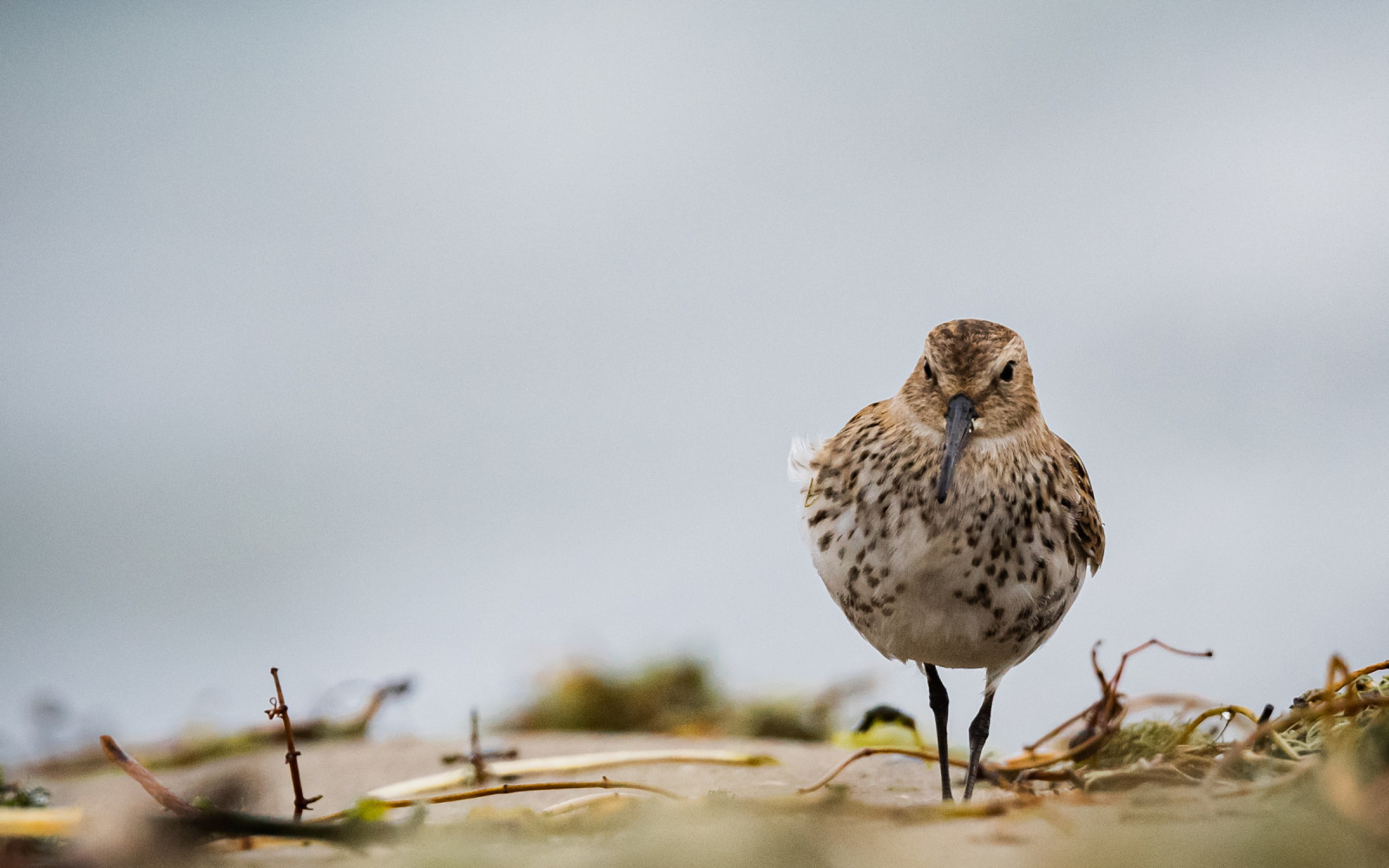Charger images
Les formats d'image autorisés sont de type jpeg, png ou gif
La taille maximale du fichier doit être de 20MB

Small beach that is good for waders, rare shorebirds, and waterfowl, especially during spring and autumn migration, but also in winter.
The Excenevex beach (1) is one of the few larger sandy beaches of the Lake Geneva and therefore of special interest for waders, shorebirds, and waterfowl, especially from the end of August through to mid-May.
The most common wader is Bécasseau variable, but Chevalier sylvain, Chevalier arlequin, Petit Gravelot, Grand Gravelot, Chevalier guignette, Chevalier aboyeur, Chevalier gambette, Bécasseau minute, and also rarer waders like Bécasseau maubèche, Pluvier argenté, Bécasseau sanderling, Gravelot à collier interrompu, Barge à queue noire, and especially Tournepierre à collier are sometimes observed. The best chances for most waders are in April and May, whereas the Bécasseau variable is most abundant in September-October, and the Tournepierre à collier is most likely to be observed during winter. The beach is freely accessible, and as some of the waders are not shy - especially the first-years in autumn - and approach patient observers on their own, excellent observations can be made.
The beach also offers a good opportunity to search a big part of the lake with a scope. The Sterne pierregarin is present from late April to September. Mouette mélanocéphale, Martin-pêcheur d'Europe, and Tadorne de Belon, which are present year-round, can be seen. In April and May, chances are best for observing Goéland brun and, with luck, Sterne caugek and Sterne caspienne. From late summer to autumn, rare guests like Phalarope à bec large, Labbe parasite, Labbe à longue queue, and Labbe pomarin can be seen with a scope and lots of luck.
From autumn to winter, interesting waterfowl stays in the bay, like Canard pilet, Canard siffleur, Garrot à oeil d'or, Canard souchet, and - again, with luck - Fuligule milouinan, Harle huppé, Macreuse noire, Macreuse brune, Plongeon arctique, Plongeon catmarin, Plongeon imbrin, and Grèbe jougris. Especially the divers are present through to April.
You might also come across a Pygargue à queue blanche, but most likely it will have been raised in captivity: The station of the reintroduction programme „Les Aigles du Leman“ is situated close by.
Near the beach, in Sciez, a small wetland can be visited (2). It is most interesting during spring migration. Râle d'eau, Rossignol philomèle, Pie-grièche écorcheur, Loriot d'Europe, Tourterelle des bois, and Pic noir are breeding here, Bécassine des marais, Pipit farlouse, and Busard Saint-Martin are sometimes present in winter.
Rarities found at the Excenevex beach include Mouette tridactyle, Goéland railleur, Gobemouche à collier, Sterne hansel, Goéland marin, one Grand Labbe in 1999 and even one Fou de Bassan in 2003.
Excenevex beach is located on the south bank of Lake Geneva. There is a public parking close by the beach (click on the P in the map). Public transport is unfortunately scarce. There is a hourly bus connecting Yvoire and Thonon that stops close by; leave at La Pinède.
The paths are easily accessible, and the beach is usually empty in the winter, spring and late autumn, except for a few dogwalkers.
If possible, choose a day that is not too windy, as it can be difficult to search the waters of the lake when there are many waves.
Votre feedback sera transmis à l’auteur.rice de cette zone et à l’équipe éditoriale de Birdingplaces, qui l’utiliseront pour améliorer la qualité des informations. (Vous souhaitez publier un commentaire visible en bas de page ? Fermez cette fenêtre et choisissez l’Option 1 : « Publier un commentaire, un conseil ou une observation ».)
Veuillez fournir des suggestions d'améliorations ou d'ajouts au texte de ce site ornithologique.
Veuillez fournir vos suggestions d'améliorations ou d'ajouts à la carte.
Veuillez fournir des suggestions d'améliorations ou d'ajouts à la liste des oiseaux.
Cliquez sur l'icône de l'oiseau () Insérez les noms d'oiseau dans votre langue. Ils seront automatiquement traduits pour les autres usagers !